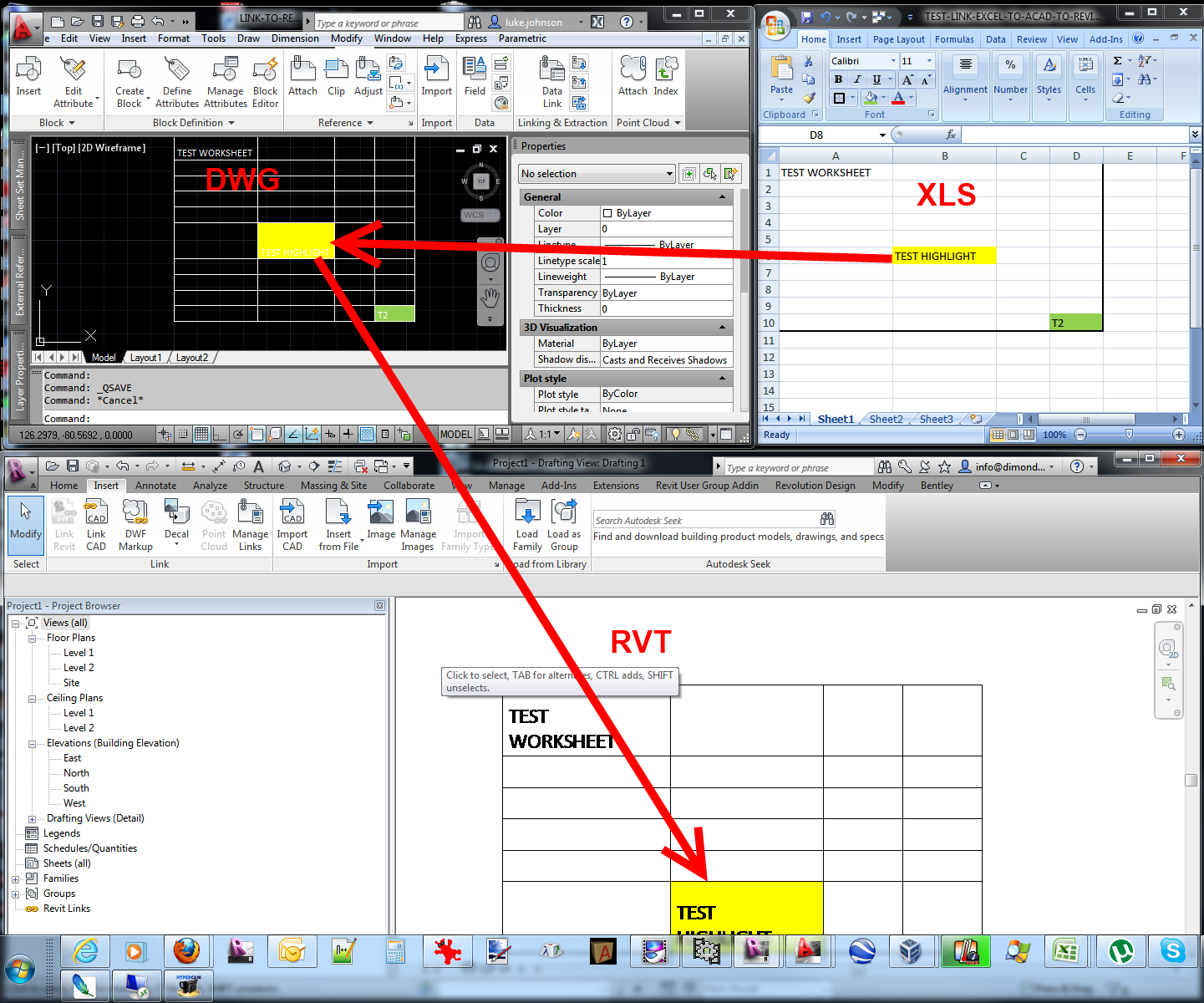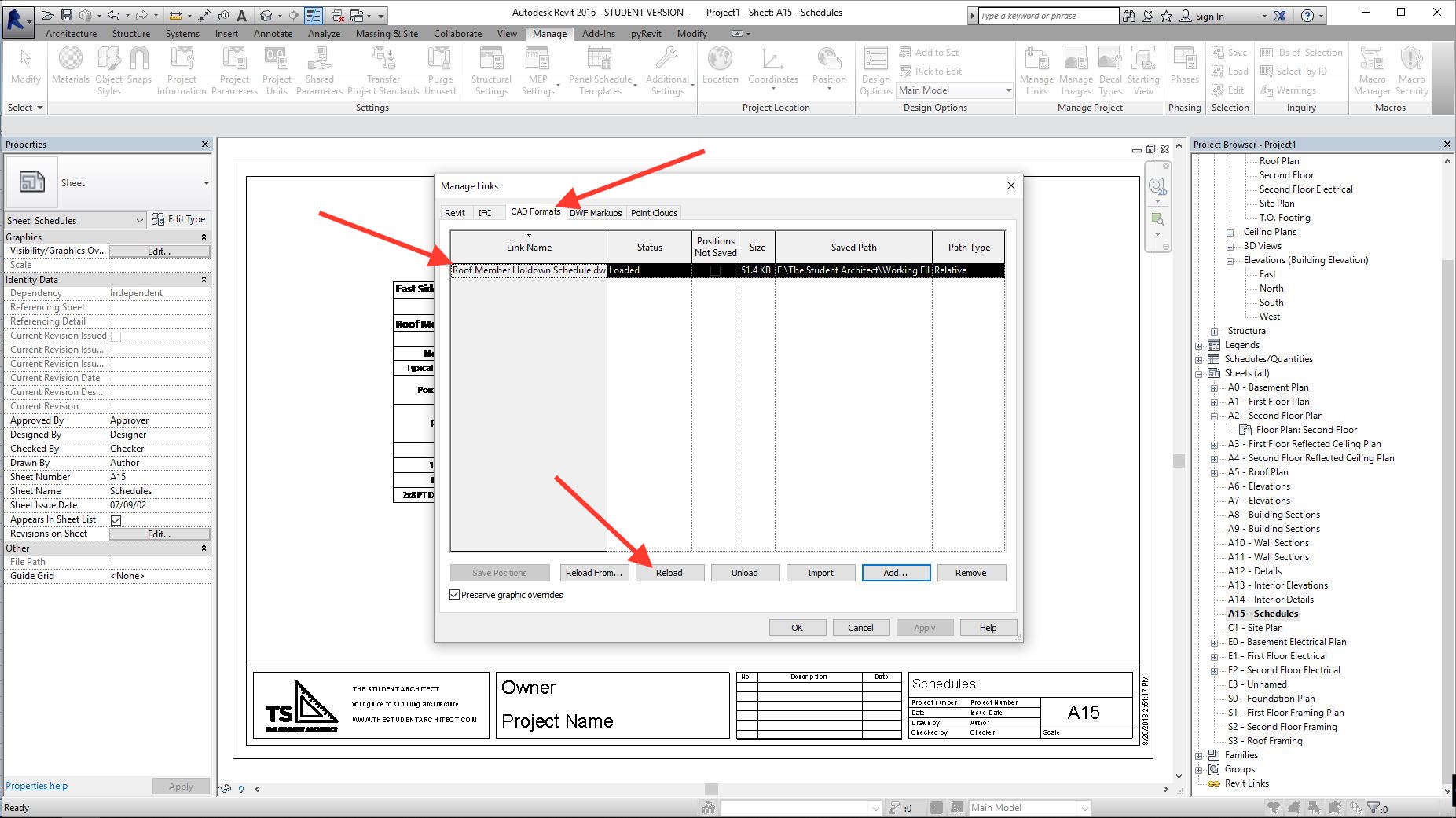Elevate Your Revit Experience with Important Revit Tools and Add Ins
Wiki Article
Understanding the Art of Data Assimilation: Exactly How to Seamlessly Import Excel Record Into Revit
Are you having a hard time to import Excel files into Revit smoothly? Look no more! In this post, we will certainly direct you through the procedure of understanding the art of information combination. Discover the importance of smooth integration in Revit and explore the Excel data format for Revit integration. Prepare to prepare your Excel information effortlessly and follow our detailed overview to import documents right into Revit. With our ideal practices, you'll attain information assimilation success in no time. Let's get begun!Understanding the Relevance of Information Combination in Revit
Understanding the importance of data assimilation in Revit is crucial for seamless importing of Excel data. It allows you to effectively upgrade and take care of information throughout the whole job when you incorporate information from Excel right into Revit. This assimilation ensures that your layout and construction process is accurate and up-to-date.By integrating data, you can quickly import and upgrade specifications, schedules, and also geometry in Revit. This gets rid of the requirement for manual information entrance, conserving you time and reducing the risk of errors. With Revit's data assimilation capabilities, you can preserve uniformity and accuracy in your project, while likewise improving partnership amongst employee.

Discovering the Excel Data Layout for Revit Combination

In order to successfully incorporate Excel documents into Revit, it is critical to make certain that the data is formatted correctly. This consists of properly labeling columns and rows, along with structuring the information in such a way that works with Revit's information schema. Revit uses specific criteria and groups to organize data, so it is essential to align the Excel information with these criteria to ensure a seamless integration.
Additionally, it is very important to keep in mind that Revit only supports particular data kinds when importing from Excel. These include message, numbers, and dates. Any kind of various other data kinds, such as solutions or conditional format, will not be acknowledged by Revit and might trigger concerns throughout the assimilation procedure.
Preparing Your Excel Information for Seamless Import Into Revit
To make certain a smooth assimilation procedure, you'll require to properly style and tag the columns and rows in your Excel data before importing it into Revit. Beginning by examining your Excel data and recognizing which columns and rows have pertinent info for your Revit project.Following, make sure that the information in each column is correctly formatted. If you have a column for dimensions, make sure that all measurements are consistently formatted in the very same devices of measurement. Revit relies upon consistent formatting to precisely translate and import information.
Furthermore, it is very important to inspect for any Click This Link kind of vacant cells or variances in your data. Revit might not have the ability to review or import data from cells that are vacant or consist of mistakes. For that reason, it is suggested to review your Excel data and cleanse up any incongruities prior to importing it right into Revit.
Step-By-Step Guide to Importing Excel Files Into Revit
When you've correctly formatted and identified your Excel information, you can conveniently import it right into Revit by following this step-by-step guide. To start, open Revit and browse to the "Insert" tab. import excel into revit.Following, a dialog box will certainly appear, permitting you to personalize the import setups. Right here, you can choose the worksheet you desire to import, specify the variety of cells to import, and pick the suitable devices for your information. Once you have actually made your options, click "OK" to proceed.
Revit will currently display a sneak peek of your Excel information. Take a moment to examine the preview and ensure that every little thing looks proper. If needed, you can make adjustments to the import setups by clicking the "Setups" switch.
Ideal Practices for Information Combination Success in Revit
See to it you follow these best methods to ensure successful integration of data in Revit. It is critical to arrange your data in Excel before importing it right into Revit. This means making sure constant naming conventions, proper format, and exact information depiction. Next off, make usage of Revit's built-in devices for information mapping. This will certainly permit you to match the columns in your Excel data with the matching parameters in Revit. Bear in mind the units and information kinds when mapping the information, as browse around this site any discrepancies can bring about errors in the assimilation procedure.Another crucial practice is to regularly confirm and update your data. As your job progresses, it is important to keep your Excel file approximately date with any type of adjustments made in Revit. check that This will certainly aid maintain the precision and uniformity of your information throughout both platforms. Additionally, take advantage of information recognition devices within Revit to recognize any kind of errors or disparities in the incorporated information.
Lastly, it is suggested to develop a clear workflow for data assimilation. This consists of specifying roles and duties, establishing up a communication network between staff member, and establishing a routine tempo for information updates and reviews. By complying with these ideal practices, you can ensure a effective and smooth integration of data in Revit, inevitably boosting the efficiency and precision of your task.
Conclusion
In final thought, understanding the art of data assimilation is important for smooth import of Excel submits into Revit. Comprehending the relevance of information assimilation in Revit is the very first action in the direction of effective integration.When importing data from Excel right into Revit, it is essential to comprehend the documents style and how it can influence the combination process (import excel into revit). Revit uses certain criteria and classifications to organize information, so it is essential to align the Excel data with these criteria to make certain a seamless integration
Be mindful of the information and devices types when mapping the data, as any kind of inconsistencies can lead to mistakes in the integration procedure.
Furthermore, make use of information validation devices within Revit to determine any kind of errors or inconsistencies in the incorporated information.

Report this wiki page